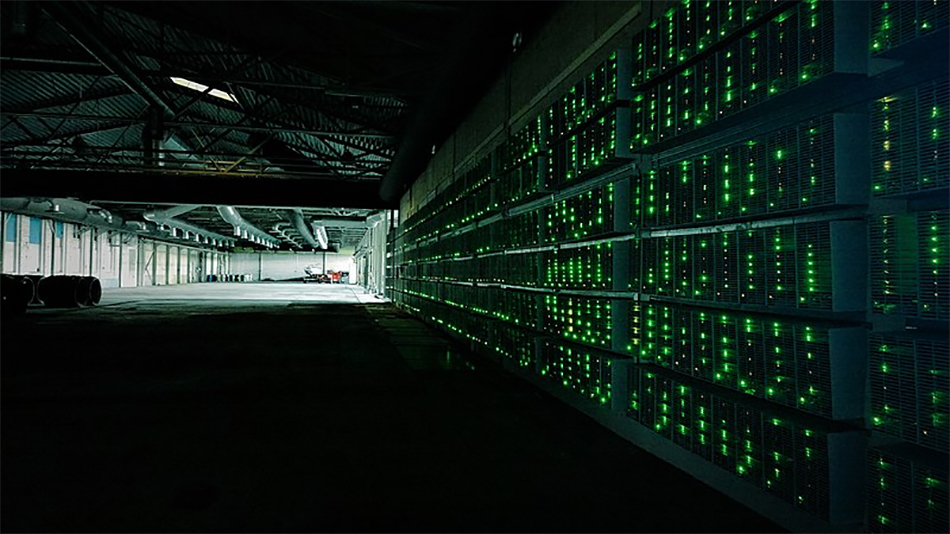Navigating the Halving: How Bitcoin Miners Are Adapting with AI and Power Upgrades
With constant changes in miner revenues in halving events, humans navigating the intricacies of the cryptocurrency mining industry are required to adapt and look forward. With the latest bitcoin halving, miners are forced to reassess and innovate their strategy to stay afloat. This research finds out what halving means for mining revenues, further explores the applied power-upgrade strategies for sustainable mining, diversification into artificial intelligence, and operational changes required to keep up with fewer rewards. Each one of these is an excellent example of the pro-active way in which miners are ensuring their operations remain both viable and profitable in the face of continually changing market conditions.
The Impact of Halving on Bitcoin Mining Revenue
The halving is a pre-programmed event on the Bitcoin blockchain whereby the reward miners receive for validating transactions reduces by about half every four years. It will cut the number of new bitcoins entering circulation in half, effectively slashing miners’ revenues overnight. Historically, these events have acted as a tailwind on Bitcoin’s price, as supply is reduced, yet many times in the immediate aftermath, miners are struggling with decreased profitability. The latest halving represents huge pressure on all miners, especially those with higher operational costs, and sets them to think of strategizing around the business—maybe moving in the line of operational efficiencies, so that they are able to maintain their revenue streams with regards to a dwindling reward.
Strategic Upgrades: Power Solutions for Sustainable Mining
Revenue impacts aside, Bitcoin miners were increasingly focusing on strategic upgrades to their power solutions for more sustainable, cost-efficient mining operations. This would, therefore, reduce operational costs by the miners through investment in renewable sources of energy and improved power efficiency, hence ensuring these factors do not bear an unbearable financial strain as block rewards reduce. The main strategies would include the use of solar and hydroelectric energy, betterment of cooling methods in order to help reduce energy wastage, and installation of new managing power systems. These will reduce the carbon footprint by Bitcoin mining and ensure the sustainability of the long-term mining industry amid growing regulatory and environmental pressure.
Diversifying Into AI: A New Frontier for Bitcoin Miners
The exponentially increasing complexity of Bitcoin mining is imposing that many Bitcoin miners are starting to diversify their operations into the provision of infrastructure for Artificial Intelligence (AI). They are, therefore, entering markets enabled by AI-driven applications with the existing computation capacity. They can, therefore, more easily forge new sources of income by diverting part of their infrastructure into supporting AI workloads, compensating for the lower profitability in mining cryptocurrencies. All such strategic pivots helped them not only spread risk but also optimally utilized their investments in high-performance computing hardware to allow them to expand to areas such as data analysis, machine learning model training, and more sophisticated computational functions.
Operational Adjustments: How Miners Are Preparing for Reduced Rewards

Anticipating the rewards from cutback after halving, Bitcoin miners optimize their operations to be profitable. This includes optimization in mining algorithms, adoption of more efficient mining hardware, and optimization in operations to reduce overhead costs. For this purpose, most of them are seeking strategic partnerships and collaborations that provide mutual standing ground, ranging from shared infrastructure to joint ventures, for new technological developments. Some miners are also focusing more on the transaction fee since block rewards are declining. These are the critical operational shifts needed for the miners to remain competitive and profitable in a rapidly evolving digital currency ecosystem.

